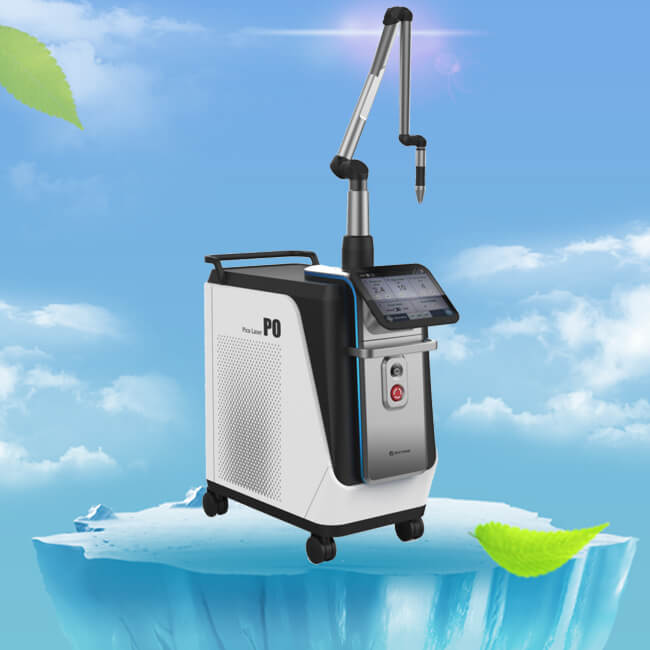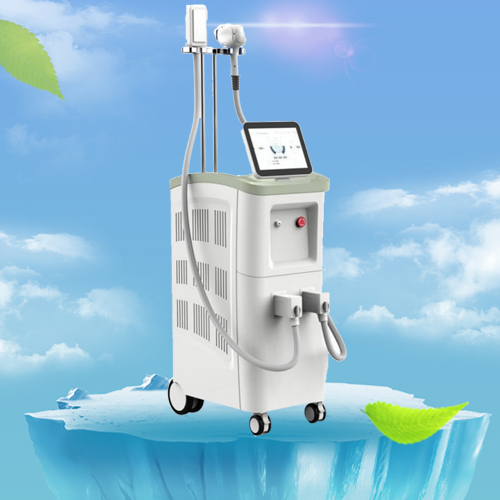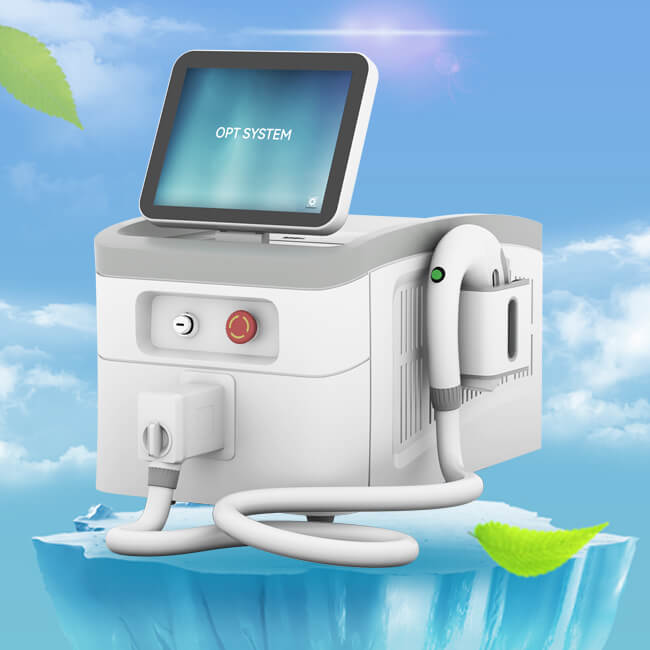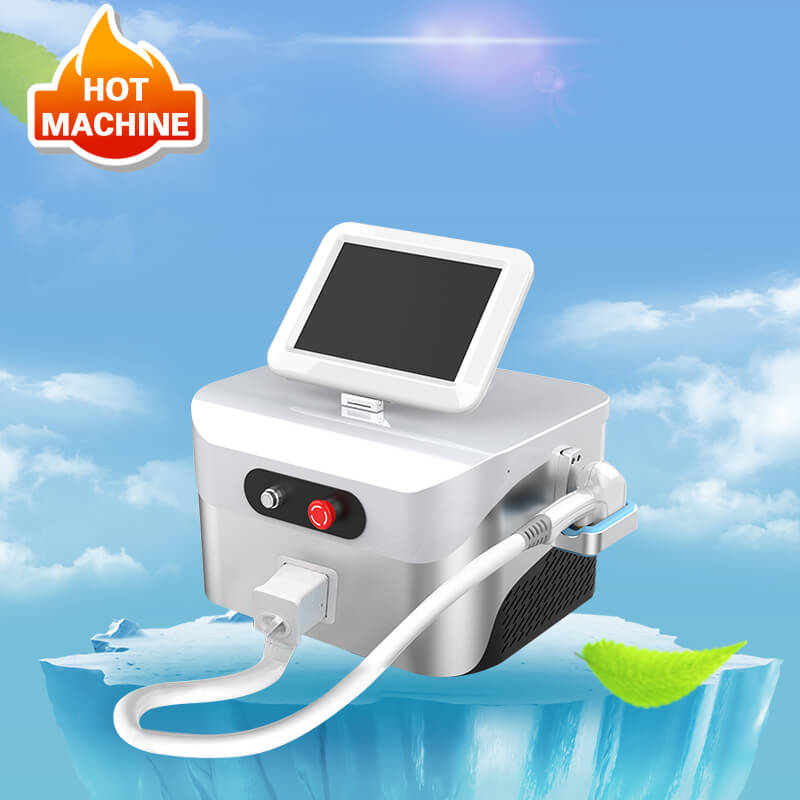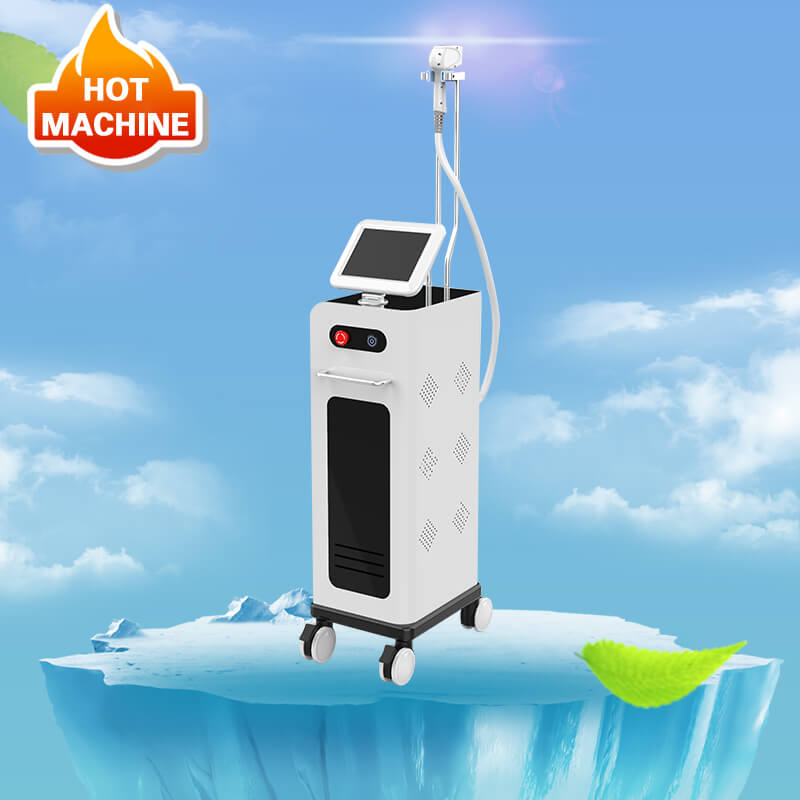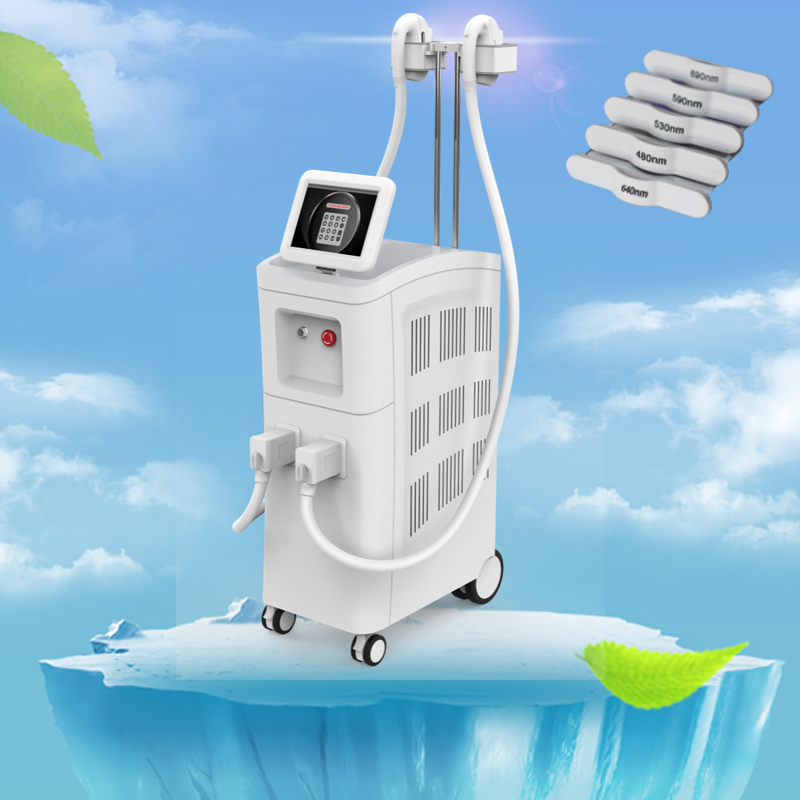What is involved with erbium laser treatment?
Author:baishilf Time:2025-06-12 16:54:46
Erbium laser resurfacing is a procedure that uses advanced laser technology to remove the outer layers of skin, revealing new, refreshed skin cells below. This can help smooth the texture of the skin and create an even skin tone. In addition to removing the outer layers of skin, erbium glass laser resurfacing also stimulates the production of collagen and elastin, which give skin youthful fullness. This procedure is similar to procedures like chemical peels or dermabrasion used to reduce the appearance of fine lines, wrinkles, hypo- or hyperpigmentation, and scarring. Erbium lasers allow for a range of treatment depths to address various cosmetic concerns. A combination or sequence of laser treatments may be used to deliver the desired results over several visits.
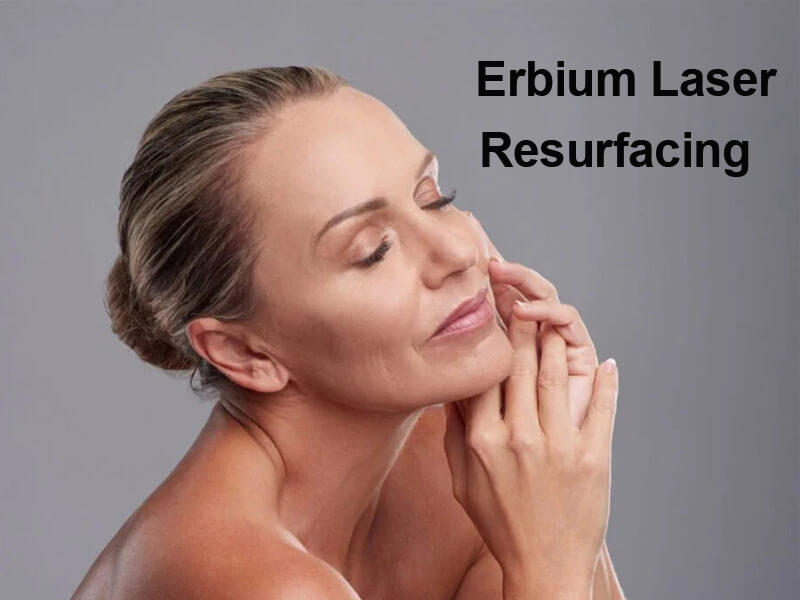
Erbium laser resurfacing is most often used to address surface-level and medium-deep lines and wrinkles around the mouth and eyes, but it is equally effective in addressing a range of concerns. The precision laser technology can be used on the face, hands, neck, and chest. These procedures are most often recommended to address fine lines and wrinkles, but people may also choose erbium laser resurfacing treatment to address mild irregularities in the appearance of skin like uneven tone and texture, as well as issues like acne scars, surgical or injury scarring, dark spots, and other flaws.
Like other laser treatments, erbium glass fractional fiber laser 1550nm machine technology works best on lighter skin tones, but the advanced precision of the erbium laser means that a darker skin tone does not necessarily mean patients won’t be candidates for erbium laser resurfacing. However, they should take time to discuss potential side effects with their provider before selecting this procedure to ensure it’s their best option.
What are the main uses of the erbium laser?
As the erbium laser is used to remove very fine layers of the skin, it is used primarily to resurface skin for:
*Wrinkle reduction
It is possible to resurface wrinkles by inducing new collagen and skin regeneration by ablating a very fine layer of skin with each pass of the erbium laser. The greater the number of passes, the deeper the resurfacing of the skin, the longer the recovery period, and the better the results. Recovery from laser skin resurfacing with the Erbium usually takes 1 to 2 weeks.
*Treatment of acne scarring
The erbium laser can be used in the treatment of atrophic (indented) acne scars. By ablating the superficial layers of the skin, new collagen and skin is regenerated, and the skin tends to return with a more even texture.
*Pigmentation
The erbium laser can also be used to treat pigmentation on the skin by removing the top layers of the skin where the pigmentation resides. Pigmentation treatment is not usually performed with the erbium laser unless it is done in conjunction with skin resurfacing for wrinkles. The downtime/recovery is longer than other lasers such as the ruby laser that can remove pigment more specifically with less downtime and without having to remove layers of the skin.
*Removal of skin lesions
The erbium laser can be used to remove skin lesions that may be better suited to removal with laser rather than surgical excision. For example, various skin tags, solar keratosis, and benign nevi c can be treated. It is not suitable for the removal of melanoma.
*Treatment rhinophyma
Rhinophyma is a condition that leads to sebaceous gland enlargement on the nose and a bulbous nose. It is associated with a condition called rosacea. The erbium laser can help to remove these excess tissues on the nose and return it to its normal size and shape.
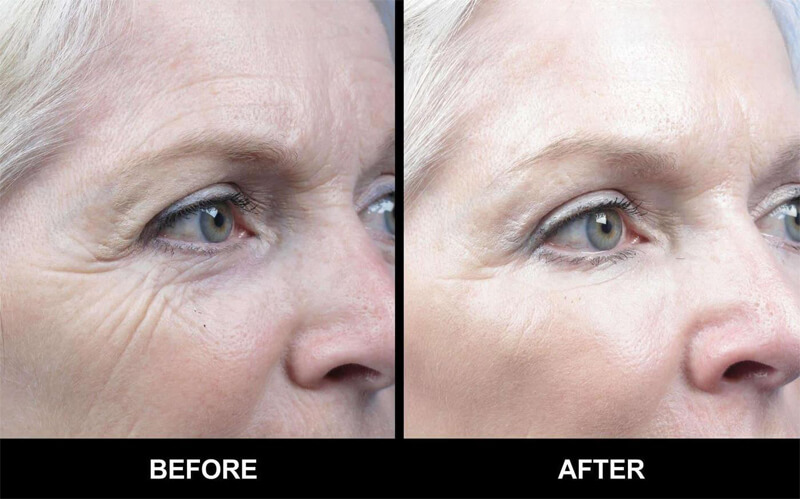
What is involved with erbium laser treatment?
*Consultation
A consultation with your dermatologist is the first step to assess if you are a suitable candidate for erbium laser treatment. Depending on the skin type, you may require preparation with certain skin care products such as topical retinoids or hydroquinone for a month or two to help flush out excessive skin melanin and even out skin thickness to reduce the incidence of possible complications such as post-inflammatory hyperpigmentation or an uneven response to the Erbium laser.
For resurfacing of the full face, usually some form of sedation is required to make the procedure a comfortable one. After sedation is administered, local anaesthetic is injected into the face to numb the skin completely. Note that for treatment of smaller areas, it is possible not to use sedation, but when treating the full face, sedation is required due to the number of local anaesthetic injections required.
*During the procedure
The patient will be required to arrive 1 hour before the procedure, and it will usually be performed in a doctor’s clinic. The patient will be given both topical and local anaesthetic, and the topical anaesthetic will be applied for 1 hour beforehand. The doctor will thoroughly clean the patient’s face with medical grade acetone before starting the laser treatment.
*After the procedure
After the treatment, the area will need to be kept clean and dry. An ointment may be administered immediately after the procedure, but other than that you should not apply anything. You can apply ice or moisturiser 6-8 hours after the procedure. Your skin may be slightly red and swollen for the first few days after treatment. Try to avoid causing any irritation from clothes or towels as much as possible.
How does Erbium laser skin resurfacing work?
It’s all about using beams of light. Your provider uses the laser to send short, concentrated pulsating beams of light at irregular skin. This creates controlled damage and removes unwanted, damaged skin in a very precise manner, one layer at a time. Erbium laser skin resurfacing’s targeted approach means there are fewer problems with hypopigmentation, or a lightening of skin, for procedures such as laser acne scar removal. The laser beam used in laser resurfacing will remove your outer layer of skin, called the epidermis. It simultaneously heats the underlying skin, called the dermis. This action works to stimulate growth of new collagen fibers. As the treated area heals, the new skin that forms is smoother and firmer. Downtime with this treatment can be more substantial than with many other treatments.
What are the side effects/risks of erbium laser treatments?
The erbium laser, when used for skin resurfacing, usually takes approximately 1 to 2 weeks to recover from. The skin usually appears red, swollen, and then crusts over this period. There may be some residual redness that can persist for 1 to 2 months in some cases, depending on the severity of the treatment.
Infection with the herpes (the cold sore virus) or bacterial infection are possible after erbium laser resurfacing, and prophylactic medication for these conditions needs to be taken before and after treatment.
There is a small risk of skin pigment changes after erbium laser treatments. Especially if the patient’s skin type is olive or darker, the risk of hyperpigmentation (increased skin pigmentation) or hypo-pigmentation (decreased skin pigmentation) is possible. Hence, we usually restrict erbium laser treatments to those with lighter skin types.
Rarely, scarring can occur with erbium laser treatments. This occurs when the depth of the resurfacing exceeds a level where the skin is able to regenerate completely. Acne eruption is possible as a result of any ointments that may be used for healing, but should only be temporary.
Having darker skin does not necessarily preclude you from Erbium laser resurfacing
A common misconception is that laser resurfacing is only safe for light skin types. While it is true that certain lasers pose a higher risk for cell damage or discoloration in darker skin, there are safe and effective resurfacing options. For lighter-toned African American, Hispanic or Asian skin tones, Erbium laser resurfacing can sometimes be a good option, posing less risk for discoloration. Patients with darker brown or black skin may need to consider other skin resurfacing options, such as radio-frequency treatments or microneedling.
The best way to ensure a safe, effective treatment for your skin type? Consult with a provider who has extensive training and knowledge in laser resurfacing procedures and experience working with darker skinned patients.
Depending on the laser treatment, you may need some downtime
Although laser treatments are generally considered non-surgical, not all are downtime-free. Laser resurfacing recovery time varies depending on the type of laser used, as well as an individual’s health and healing rate.
Non-ablative lasers often require no downtime at all, while ablative lasers can require a 2- to 3-week healing process, depending on depth, before the new skin has healed completely and final results are evident.
This does not mean you have to stay at home for a month, it just means that your skin will be raw, red and scab over as it heals. You may not feel comfortable in certain social situations, and you will need to modify your activities to avoid situations where infection is possible (swimming, gym workouts, etc.).





